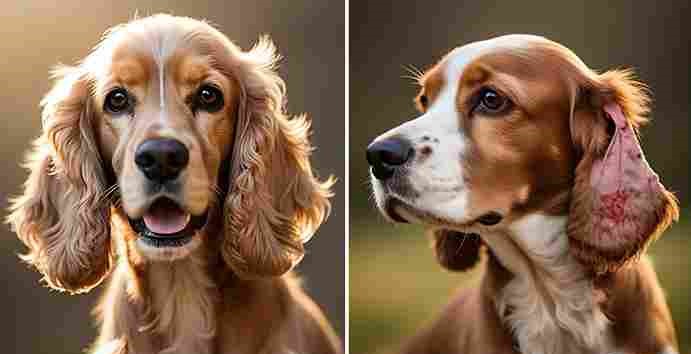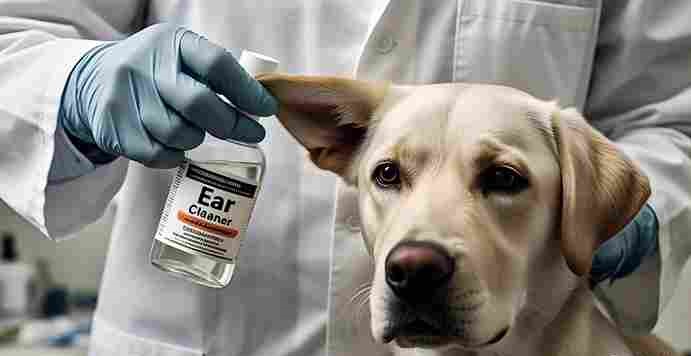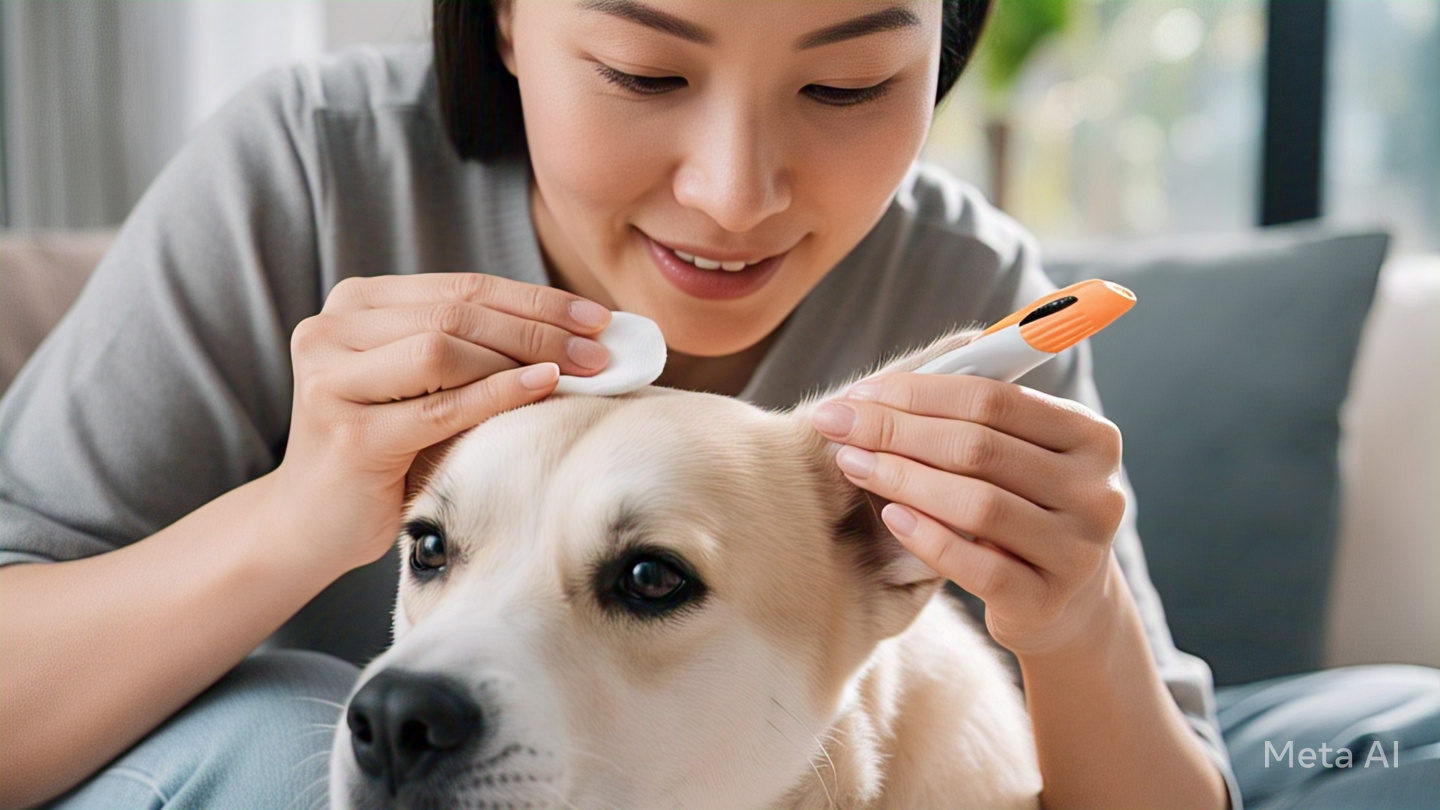A vet-approved ear cleaning solution is the most effective approach to clean a dog’s ears. Gently massage the base of the ear, then apply it to the ear canal and remove any loose debris with fresh gauze or a clean cotton ball. Because they might harm the ear canal, never insert cotton swabs deep inside.
QUICK OVERVIEW
- Use a vet-approved ear-cleaning solution
- Gently squirt the solution into the ear canal
- Massage the base of the ear for 20-30 seconds
- Let your dog shake it out, then wipe the debris with gauze or a cotton ball
- Avoid deep cleaning with cotton swabs
Table of Contents
Why Cleaning Your Dog’s Ears Matters

Dogs’ ears can trap moisture, wax, dirt, and bacteria, especially in floppy-eared breeds like Cocker Spaniels or Basset Hounds. Regular ear cleaning helps prevent infections, itching, and hearing loss.
According to the American Kennel Club (AKC) and VCA Animal Hospitals, routine ear care is essential for dogs prone to ear issues. (AKC | VCA)
How Often Should You Clean Your Dog’s Ears?
It depends on the dog:
- Weekly or biweekly for breeds with floppy ears or who swim often
- Monthly for dogs with dry, clean ears
- As needed if ears appear dirty or smell odd
Always consult your vet before starting an ear-cleaning routine, especially if your dog shows signs of infection like redness, swelling, or discharge.
you might like: How to Brush Your Dog’s Teeth At Home? (Without Stress)
What You Need to Clean a Dog’s Ears
Before starting, gather the right tools:
- Vet-approved dog ear cleaning solution (e.g., Virbac Epi-Otic, Zymox Ear Cleaner)
- Cotton balls or gauze pads
- Towel (to catch shakes!)
- Treats for a positive experience
Avoid using hydrogen peroxide, alcohol, or homemade mixes unless directed by a vet.
Step-by-Step Guide: How to Clean Your Dog’s Ears Safely

1. Create a Calm Environment
- Choose a quiet space
- Use a towel on your lap or the floor
- Give your dog a treat to help them relax
2. Inspect the Ears
- Look for redness, swelling, foul odor, or discharge
- If you notice these signs, skip cleaning and call your vet
3. Apply the Cleaning Solution
- Gently lift your dog’s ear flap
- Squeeze the solution into the ear canal (don’t insert the nozzle too deep)
- Let it fill the canal but don’t overdo it
4. Massage the Base of the Ear
- Massage gently for 20–30 seconds
- This helps break up wax and debris
5. Let Your Dog Shake
- Step back and allow your dog to shake its head
- This action brings debris to the outer ear
6. Wipe the Outer Ear
- Use gauze or a cotton ball to gently wipe away wax and debris
- Do not go deep into the ear canal
Tips for Success
- Make it a positive experience with treats and praise
- Don’t force your dog if they’re fearful or in pain
- Ask your vet for a demo if you’re unsure
Common Mistakes to Avoid
- Using cotton swabs deep inside the ear
- Cleaning too frequently (can irritate)
- Ignoring signs of infection
- Using harsh or human-grade cleaners
Signs Your Dog May Need a Vet Instead
- Constant ear scratching or head shaking
- Red, swollen, or smelly ears
- Yellow, brown, or bloody discharge
- Crusting or scabs around the ear
If you see any of these signs, stop cleaning and schedule a vet visit.
FAQs
1. Can I use baby wipes to clean my dog’s ears?
No. Baby wipes can leave residue and are not designed for ear health. Use pet-safe ear wipes or solutions.
2. What happens if I don’t clean my dog’s ears?
The buildup of wax and bacteria can lead to painful infections, hearing loss, and vet bills.
3. How do I know if my dog hates ear cleaning?
If your dog growls pulls away, or seems stressed, stop and try again later with more positive reinforcement.
4. Can I use hydrogen peroxide to clean my dog’s ears?
No. It can cause irritation and damage. Use a vet-recommended product.5. What is the brown stuff in my dog’s ears?
It could be wax, dirt, or a sign of infection. If it smells or looks unusual, consult your veterinarian.

Karim Kaifi is an experienced pet owner and writer. He shares practical, research-backed advice based on over 10 years of caring for cats and dogs.






